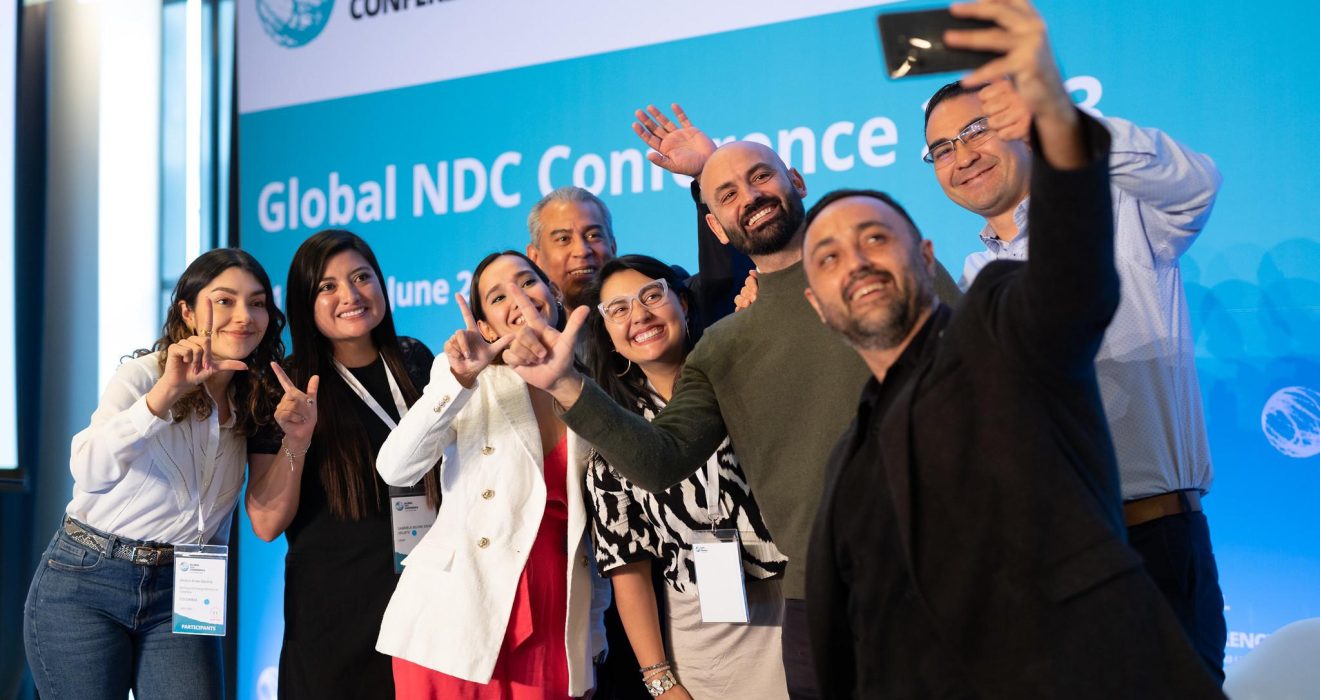As the world converges at COP28 in the United Arab Emirates, the urgency to combat climate change resonates louder than ever. The global community acknowledges the imperative to expedite climate action, emphasizing the translation of nations’ climate commitments into tangible, transformative projects. This imperative becomes the focal point as leaders, policymakers, and environmental advocates gather to address the pressing challenges at COP28.
In response to this clarion call, the NDC Partnership and the Green Climate Fund (GCF) proudly present a groundbreaking initiative—the Climate Investment Planning and Mobilization Framework. Launched at COP28 Finance Day, this collaborative effort emerges as a beacon of hope and practicality, offering a strategic roadmap to swiftly translate rhetoric into action.
The introductory echoes of COP28 underscore the gravity of the situation and the collective determination to transition from planning to impactful execution. Against the backdrop of environmental crises and the need for decisive measures, the Framework sets the stage for a unified global endeavor. It symbolizes the commitment of nations, development partners, the private sector, and financial institutions to communicate effectively, share insights, and mobilize resources efficiently in the pursuit of climate resilience.
As the world grapples with the challenges posed by climate change, the Climate Investment Planning and Mobilization Framework stands poised to be a catalyst, ushering in a new era of coordinated, accelerated climate action. This article delves into the significance, features, and potential impact of this transformative Framework, exploring how it represents a crucial pivot towards a sustainable future.
A Unified Vision for Climate Action
The Framework embodies a shared vision among diverse stakeholders, including governments, development partners, the private sector, and the finance sector. Its primary goal is to establish a common language that enables effective communication of priorities, needs, challenges, and lessons learned. This collaborative effort aims to streamline the planning and mobilization of finance for climate investments on a global scale.
Pablo Vieira, Global Director of NDC Partnership, highlighted the Framework’s significance, stating, “This Framework helps to establish a common investment planning language for stakeholders, including governments, the GCF, the private sector, and multilateral and bilateral funders.” GCF Deputy Executive Director Henry Gonzalez echoed this sentiment, expressing pride in the partnership and emphasizing the Framework’s role in simplifying and expediting the journey from climate ambitions to actionable plans and financial mobilization.
Empowering Nations and Stakeholders
The Climate Investment Planning and Mobilization Framework serves as a non-prescriptive guide, drawing on the extensive experience of both organizations in investment planning and mobilization. Its purpose is to empower countries and financial stakeholders to structure and secure finance in alignment with climate objectives. Recognizing the dynamic and iterative nature of investment planning, the Framework accommodates each country’s unique context, ambition, and capability.
The Framework outlines a general path through six broad stages and eighteen components, providing valuable insights into the steps and outcomes at each stage. Key features include:
- Integrated Financial Planning: Guidance for implementing climate policy instruments.
- National Coordination: Emphasis on effective coordination and evidence-based decision-making.
- Translating NDCs: Strategies for translating investment needs from NDCs using evidence-based climate information.
- Navigating Complexity: Options for bridging the gap between policymakers and financial actors.
A Journey Through Six Stages
The Framework charts the investment planning and finance mobilization journey through six stages, offering countries and their partners a comprehensive roadmap:
- Setting Ambitions: Defining climate ambitions and aligning them with NDCs.
- Policy and Planning: Developing policies and planning instruments to support climate goals.
- Investment Identification: Identifying and prioritizing climate finance needs.
- Finance Mobilization: Structuring and mobilizing finance for climate action.
- Implementation: Executing projects and programs on the ground.
- Monitoring and Learning: Continuously monitoring progress and learning from experiences.
Living Resources for Continuous Evolution
The Framework, presented alongside a comprehensive guide, is designed as a living resource. It is expected to evolve through ongoing consultation, input, and learning from countries, financiers, support providers, and other users. Over time, the document will be complemented by an online resource library, offering detailed guidance, terms of reference, training materials, case studies, and best practices.
The guide and online platform will serve multifaceted purposes:
- Country-Level Planning Tool: Facilitating climate finance planning and programming with financial partners.
- Readiness Assessment Tool: Identifying countries’ readiness levels and knowledge gaps in accessing climate finance.
- Navigation Tool: Mapping support providers at each stage, ensuring complementarity and coherence.
- Gateway to Resources: Providing links to detailed guidance, examples, and additional resources.
Call to Action
The NDC Partnership and the Green Climate Fund extend an invitation to their networks of partners and collaborators to contribute to this shared resource. The collaborative effort welcomes input and insights from stakeholders worldwide. As the Framework unfolds, it aspires to become an invaluable tool, fostering global collaboration in the urgent fight against climate change.
In conclusion, the Climate Investment Planning and Mobilization Framework represents a pivotal step toward translating climate ambitions into tangible, impactful actions on the ground. It signifies a commitment to collaboration, innovation, and continuous improvement in the collective journey towards a sustainable and resilient future.

